I got a bit confused about how AC voltmeters on digital multi-meters work. I don't want to know about for example sampling method or conversion of analog to digital data. I need to know whether it can only measure the sinusoidal wave with only zero offsets.
I tried to compare the AC voltmeter and oscilloscope responses together in one of the electronic simulators programs (Proteus.) I know about the difference between the Vrms and Vpeak. When the AC signal has the DC offset the AC voltmeter shows an unacceptable value. For example, by using the signal generator, I applied a sine wave by Vp-p= 12 V and DC offset = 0 as you can see in the following picture. It shows the correct answer. Vp-p/2 = 6 V => Vrms= 6/sqrt(2) = 4.24 V
Now I'm going to add the DC offset to my signal by changing the signal (from "bi to uni" in signal generator settings.) If you check the image you will see that the amplitude of the signal and even the frequency has remained constant while the AC voltmeter shows the value of 7.34 V. How does the voltmeter calculate this value?
Shouldn't the AC voltmeter remove the DC level of the signal automatically and only calculate the differential voltage between the maximum and minimum voltage?

